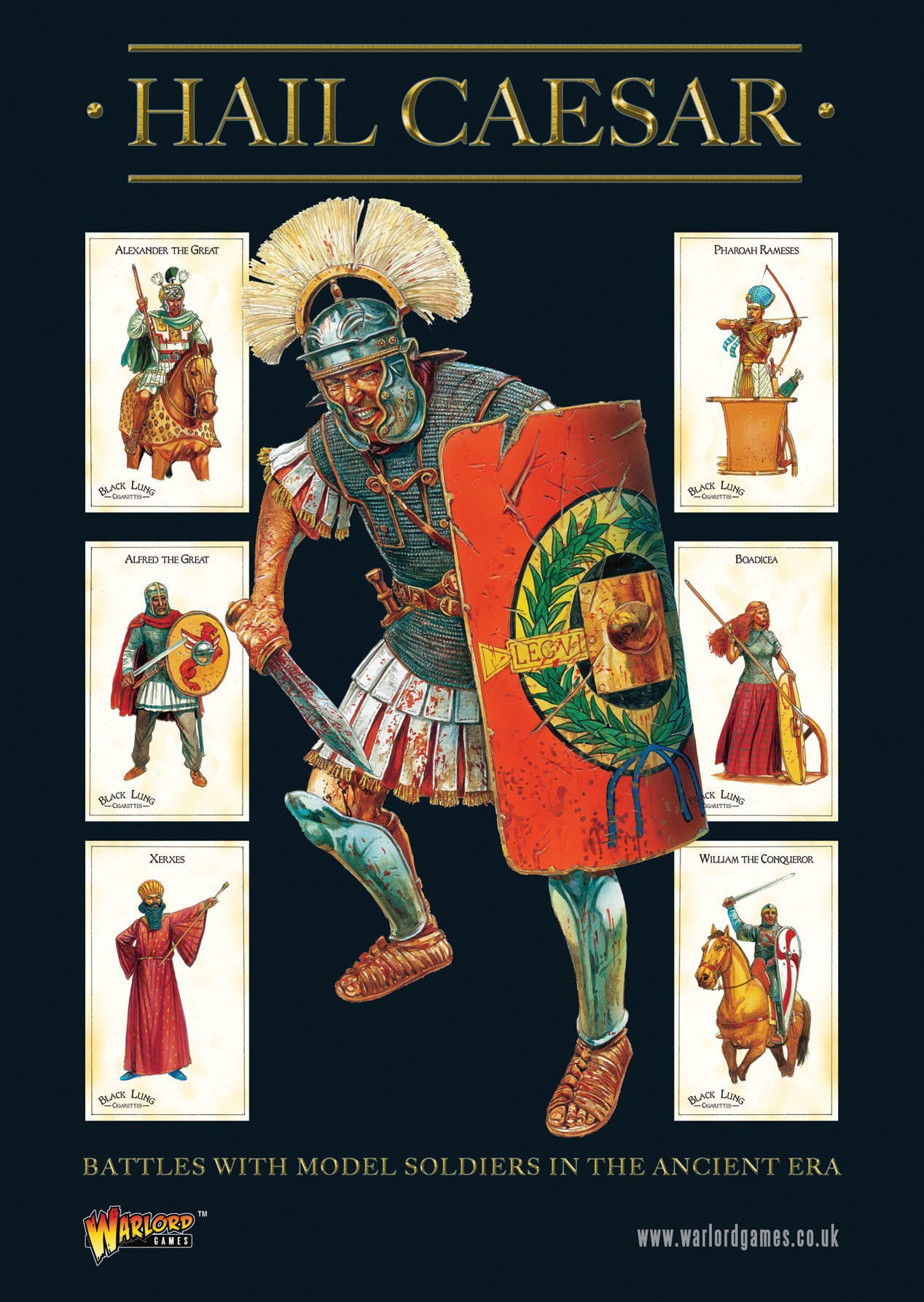 |
| The game book. |
Malifaux is a 28mm skirmish fantasy game with a Wild West theme. Each side has around 6-8 models, on average.
Malifaux features some interesting game mechanics.
First of all, Malifaux does not use any dice.
Instead, it uses cards. Whenever a player needs to generate a random number, they draw a card from their deck, which has Ace to 13 in each of four suites, and two Jokers. The Black Joker is bad, and counts as a super-failure. The Red Joker is good, and counts as a super-success. Each numbered card is also marked "Weak," " Moderate" or " Severe" (based on its numerical value) for determining damage. Players may have positive or negative modifiers to their draw; for example, having to draw two or more cards and take the lowest or highest card. Players also have a hand of cards, and can play cards from this hand to replace or augment their normal draw. Hands are replenished and decks reshuffled every turn.
The models are attractive and come in several ranges. I was playing flaming undead cowboy gunslingers. My opponent had generically-Asian martial artists.
 |
| Fate Cards |
Game turns are based on alternating activation. Each movement and every attack, melee or ranged, is an actions. Each player chooses a model, performs all its actions, and then the next player chooses a model and does the same.
Whenever a model attacks another, the attacker and defender each draw a card. The model's statistic is added to the card's value to determine whether the attack exceeds the defense. If the attack succeeds, then the attacker draws for damage Depending on the amount by which the attacker succeeds, they may draw two cards taking the lowest, one card, or two cards taking the highest. They then do Weak, Moderate, or Severe damage based on the card.
There are several twists, however. Players can " cheat" by playing a card out of their hand, replacing the value. So if you have a good hand, you can save its cards for your key maneuver. Players can also (a few times a game based on tokens) play a card in addition to their draw, getting an extra boost. The suites of cards also can have effects. For example, for my models, a Ram suite card did extra damage.
Game play proved highly enjoyable, simple on the surface but with considerable depth. I think a good game is one where the player is presented with interesting, meaningful choices each turn. Malifaux certainly fulfills this expectation. Optimal play requires tactical movement and several kinds of resource management. As a player I had to consider whether to keep or play cards in my hand, and whether to flush or keep my hand, each turn. The alternating movement required me to anticipate and prioritize each model's actions. (At one point I rashly charged with a model, and watched it get hit by several other models in return, based on the action sequence and movement.) Every model had several different capabilities, each good in different situations: I had to decide which one to use, and when.
Normally, I don't like games on the skirmish scale. (" More death! Give me more soldiers and more death!") But I quite liked Malifaux, and look forward to the next game.










